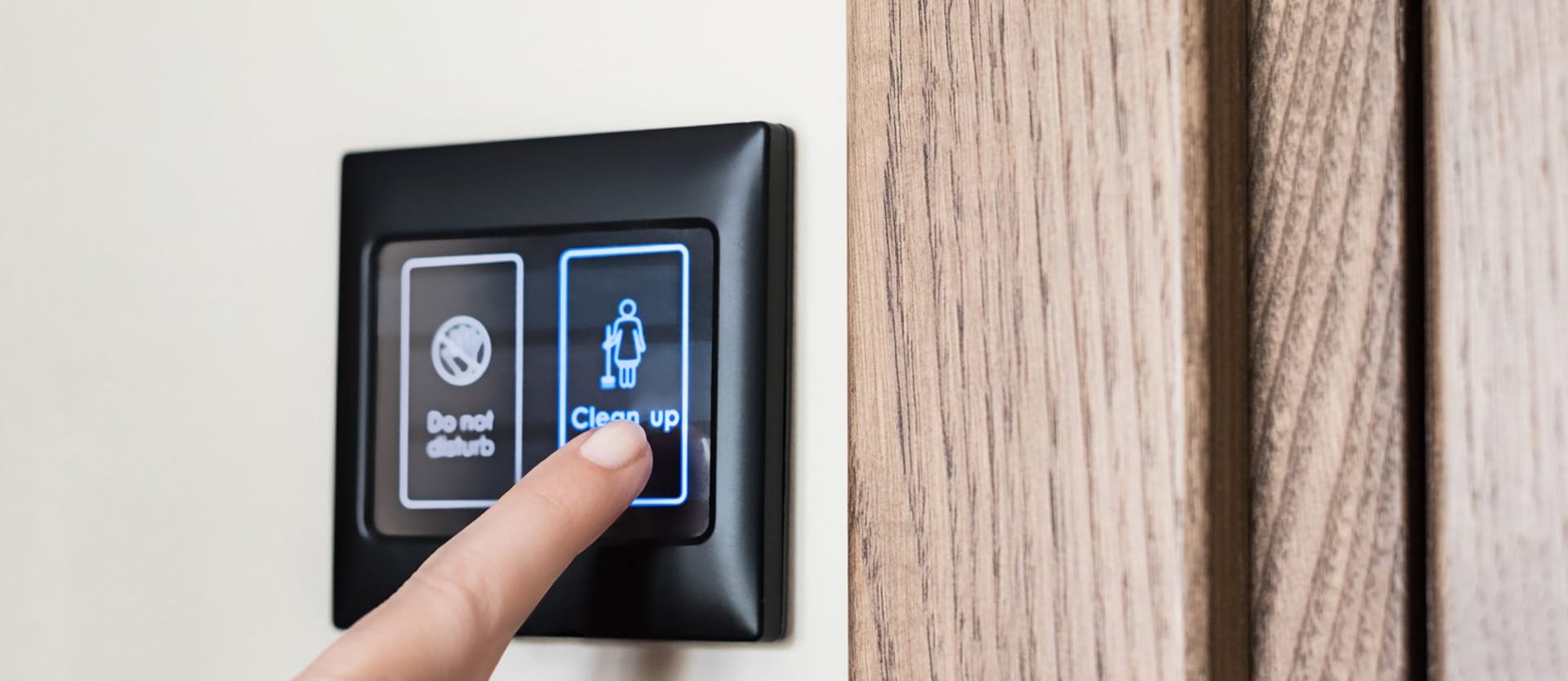In 2012, IATA revolutionized flight distribution connectivity by introducing New Distribution Capability (NDC) - a standard for displaying rich airline content on online travel websites. Fast-forward 8 years to 2020 to find that NDC was adopted by the vast majority of the world’s largest airlines, giving both airlines and customers more autonomy - travelers have access to more detailed data about the flight they purchase and airlines get to finally deliver that data to them.
While the aviation industry continues to enjoy a better way to deliver prime customer experience, hotels remain a few steps back, all of which relates to the history of both these segments of the travel industry. IATA's been around since the dawn of civil aviation but hotels never had a centralized regulator to keep the industry united. Result? A fragmented industry that desperately needs a standard way to do its job. Here we will talk about the technical standards that support the connectivity in the hotel industry and look at the promising projects that may conceptually change the hotel experience soon.
The state of hospitality standards today
First things first, why do we need standards so much? Short answer: to meet increasing customer expectations. Long answer is as follows:
- To be able to use innovative technologies and create personalized content
- To stay connected to the global hospitality infrastructure and maintain a strong brand
- To seamlessly distribute products through all channels, use complex revenue management practices, and deliver the experience that matches guests needs
- To make deploying new technologies easier
- To use the best-in-industry security and compliance practices
- To be able to measure the performance of specific channels, solutions, and properties
The closest thing hospitality has to a regulator is HTNG (Hospitality Technology Next Generation) - a trade association that gathers industry professionals such as hoteliers and travel tech specialists to develop solutions to the problems hospitality has today. HTNG members unite into workgroups, each responsible for a particular issue. These workgroups are also formed into pillars that represent main areas of interest in the industry.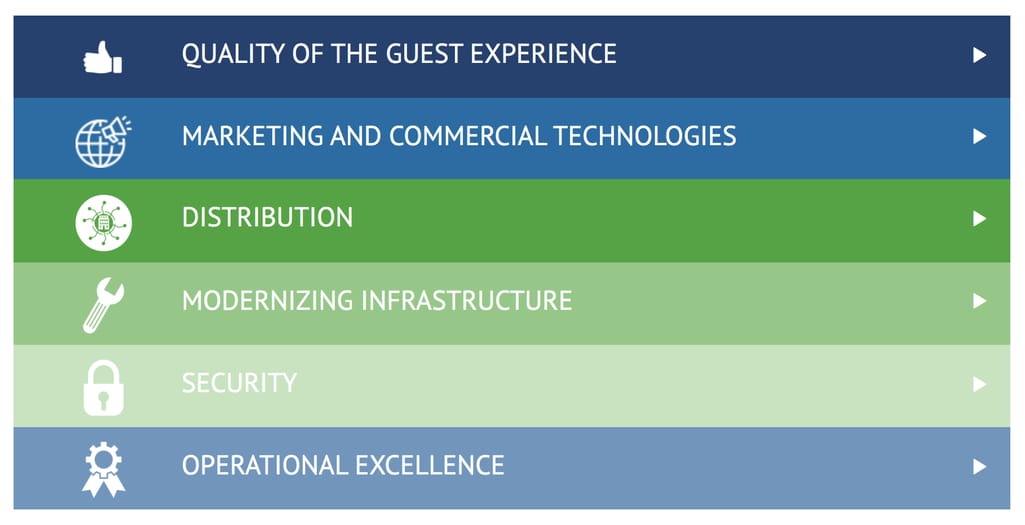
Expand strategy pillars to see the exact workgroups operating within them Source: HTNG
There are standards developed for every pillar. For example, the Operational Excellence pillar created tech specifications for how Customer Profiles should look like in a hotel’s Property Management System (PMS) along with standards for connectivity between PMS and point-of-sale systems in a hotel. Most HTNG standards are developed using specs by OpenTravel Alliance, which powers the API development in hospitality and travel overall.
API building toolset and specifications
Before you tell hoteliers what they need to do, you first need to show them how. OpenTravel Alliance is a trade association driving the creation and adoption of its XML specifications, covering not only hospitality, but also airlines and car rentals. OpenTravel currently works on a few projects, including Hotel 2.0 Availability and Reservation, which drafts are already used in the sandbox environment. Below are the specifications you can download and use today.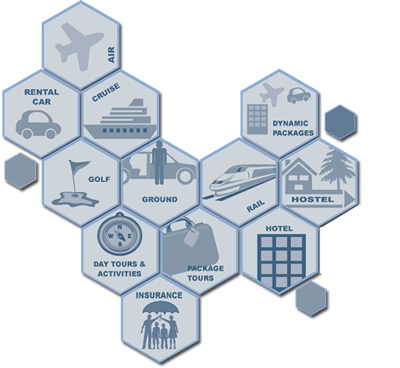
“Millions of messages are exchanged every day using the OpenTravel schema…” Source: OpenTravel developers network
XML message schema. OpenTravel XML Message Suite is a collection of schema messages used across the industry to exchange XML data between internal and external systems. This schema contains dozens of XML messages for booking, ancillary services, descriptive information, etc.
Object and class libraries. OpenTravel 2.0 Object Model is an open source toolset for building consistent industry-recognized APIs that will allow you to seamlessly connect with partners. The suite includes libraries of object and class definitions so that developers can understand the code they’re receiving and vice versa. There’s also a community-backed repository of travel-specific concepts. Object Model allows you to use XML, JSON, WSDL, and OpenAPI (Swagger) formats. The XML version of 2.0 is available for everyone to download, free of charge. But in order to have access to the repository, customization, JSON format, etc., membership is required.
API building environment. There’s also a model development environment called OpenTravel Model Designer or OTM-DE. It’s available to download on GitHub. The tool follows the Agile development cycles and includes standards by IATA, ATA and ISO, allowing developers to create schema that already conforms to OpenTravel standards.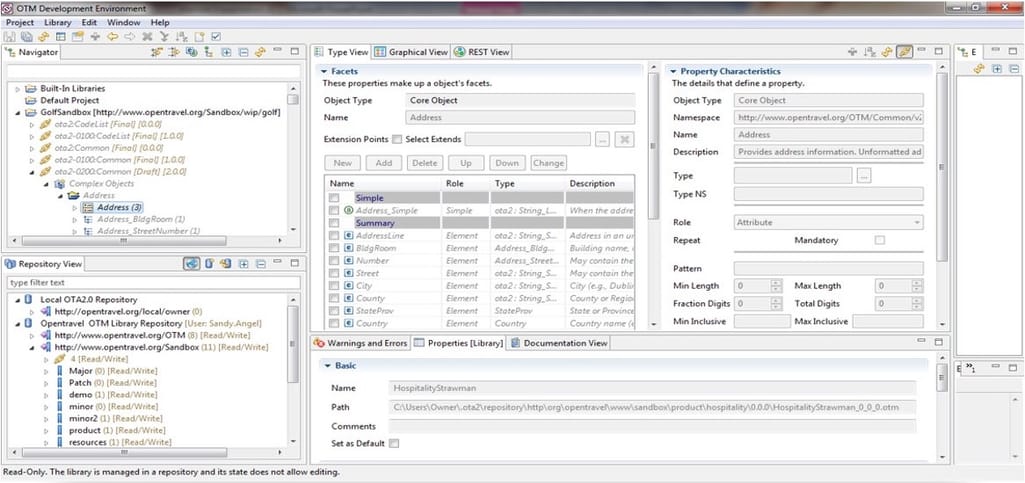
Here’s how OTM development environment looks Source: OpenTravel
One organization that majorly extended on the abilities of OpenTravel’s specs is HTNG. Further we will explain how HTNG standards work.
Hotel front- and back-office management standards
The inner workings of a hotel must be standardized with staff cooperating and software systems synchronized. It specifically concerns hotel staff as they’re the ones constantly operating disparate systems, doing manual work where it’s not necessary, and keeping in mind data that should be easily available.
HTNG calls this category of standards Back Office Integration/Property Web Services. They describe the interfaces for exchanging data between external and internal booking systems. It starts with Web Services Framework, a comprehensive description of all the rules for interconnection of the key industry technologies. It uses the SOAP format and can be expressed in WSDL and XML. The specifications follow the schema of Web Services Framework.
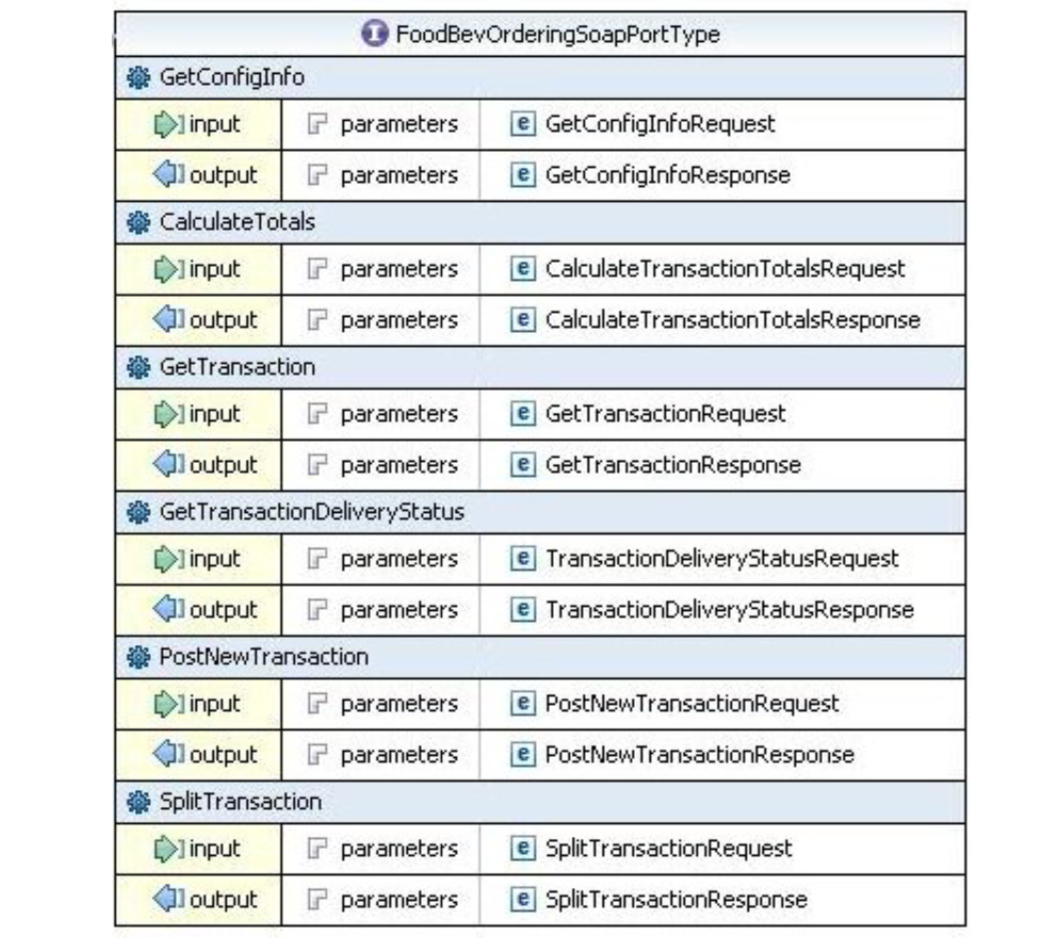 HTNG documentation contains terminology, message specs, descriptions of business processes, and use cases. This is a diagram of requests and responses for Food and Beverage Ordering
HTNG documentation contains terminology, message specs, descriptions of business processes, and use cases. This is a diagram of requests and responses for Food and Beverage Ordering
Single Guest Itinerary describes schemas for entries in a guest profile and reservation information.
Digital Signage supports the deployment of hotel digital signage technology, e.g. display monitors in public areas that communicate messages to guests and employees.
Open Data Exchange defines the web services requests and responses to support ODX - a decentralized data marketplace.
Back Office Integration describes the message format for exchanging data between a PMS and a back-office system
Food and Beverage Ordering defines the interface for communication between a device (kiosk, guest’s phone, TV) and a POS system.
Guest and Room Status Messaging addresses the growing need for customer personalization by describing how software vendors can make in-room systems and devices communicate.
There are two more specifications addressing hotel guests:
Customer Profile provides a schema for creating detailed and structured customer profiles in the system.
Guest Self Service augments the profile management of the Single Guest Itinerary specification. It basically describes the communication between the self-service frontend on the website or kiosk and the services scheduling system.
Smart device connectivity management
Integrating smart devices only seems difficult because you don’t want to bother with setting up an entire user journey for your established framework - especially if your PMS vendor doesn’t offer connectivity to a device manufacturer. Standards used here can control devices and kiosks, monitor device health, and implement convenient interfaces into your existing flow.
Device Messaging Structure describes the messaging structure for different devices in a hotel: door locks, keys, thermostats, lighting, safe, drapery control, coffee makers, and so on. Created both for device manufacturers and hoteliers themselves, these standards set up the framework for integrating these devices into property management systems.
Intelligent Guest Room specs provide hoteliers with web services for the integration of in-room technology and exchanging data with it. The document explains how to register a new in-room device, receive status info and notifications from it, give it commands, etc.
Kiosk Integration specs standardize the interaction between PMSs and hotel kiosks, which allows vendors of those systems to easily solve the messaging problem. HTNG used OpenTravel schemas to create specifications for such business processes as finding or changing the booking, check-in and checkout, key request and replacement, room change, shop, book, upsell, and so on.
Payment processing
HTNG created several specifications for managing exchange and collection of financial data in hotels. They divided them by the source of payment data and specific financial functions:
Hosted Payment Capture Systems specs explain how to get payment from a system hosted by someone else.
Payment Systems & Data Security Data Proxy provides specs for card-based transactions within a property.
Payment Systems & Data Security Payment Processing specs support the same purpose, but includes additional verticals, particle authorizations (prepaid cards), and the use of EMV.
Payment Tokenization specs describe the messanges and interfaces for obtaining payment tokens.
Point Of Sale specs include the unified way to transmit data between various POSs and a PMS.
Virtual Payment Cards specs describe the standardized approach to the use of virtual credit cards. Again, it describes several scenarios: issuing VCCs, canceling, booking reservations using a VCC (as advanced deposit). This standard uses the schemas of OpenTravel standards and other HTNG specifications.
Finance management
Most messaging to and from a hotel’s accounting system is described in the docs for Back Office Integration/Property Web Services. Here, HTNG covers two additional functions:
Travel Agent Commission specs that simplify the process of paying commissions to travel agents and expands on Open Travel HotelCommNotifRQ.xsd – Commission Event Update Request. Commissions are sent only after the guest check-in. The system uses an agent’s IATA code to identify them and calculates the percentage or flat fee in the Commission Calculation Server.
Business Analyst Transaction Extract documents the methods for extracting raw transactional data for analytics. Currently, it includes financial transactions, reservation data, and group blocks, but HTNG plans to add Point of Sale and Guest Profile data soon.
Hotel distribution
Hotels typically have a central reservation system or CRS to handle all reservations on all channels. It’s not that a CRS doesn’t have a connection to a distributor's booking system, it’s that it exchanges messages in different formats and different ways to represent data. Standards help pass the same information in the same fields to avoid confusion.
Product Distribution specs define how hospitality partners can exchange information about products (hotel rooms). HTNG recommends a common denominator for several scenarios. Partners will need to select a scenario and fill in the XML forms according to the guidelines for this particular scenario. This is another spec based on OpenTravel’s standards. They are divided by the types of requests:
Product Distribution Availability describes the exchange of availability data. It includes such scenarios as Update Availability, Get Availability, and Update Inventory.
Product Distribution Groups extends Product Distribution Availability specs by including scenarios like Update Group Block, Update Group Rates, Get Group Inventory, and Get Group Rates.
Product Distribution Rates has Update Rate Plans, Get Rate Plans.
Product Distribution Reservations features Book/Update Reservation, Cancel Reservation, Get Pending Reservations.
Product Distribution Seamless Shop/Book are common specifications covering all of the above - Check Availability, Book, Modify, or Cancel Reservations, Lookup Reservations.
Product Distribution Statistics describes how to provide or request statistics reports.
Distribution Content Management supports the transfer of hotel contact from a PMS to the systems of distributors in an XML format. It’s based on the definitions by OpenTravel.
The future of hospitality standards
If you look at the hospitality pillars again, you’ll see that the workgroups are divided into active, potential, and completed. We want to talk about some solutions that were introduced only recently or are still in development, solutions that will change how the industry works today.
Payment processing automation
HTNG and OpenTravel launched their collaboration in early 2019. Later that year, another organization called HEDNA (Hotel Electronic Distribution Network Association) joined their partnership to form the Open Payments Alliance. In May 2020 they presented the results of their work - Open Payments Alliance Standards Specification - and introduced a conceptually new model for B2B payments in hospitality introducing a Payment Manager.
In hospitality, payments have remained the least innovative business process. Hotels don’t have any unified method of processing payments between indirect sales channels, which creates a lot of manual labor and lack of communication. So, the Open Payments Alliance or OPA created the concept of a Payment Manager and described the messages between booking channels and a Payment Manager.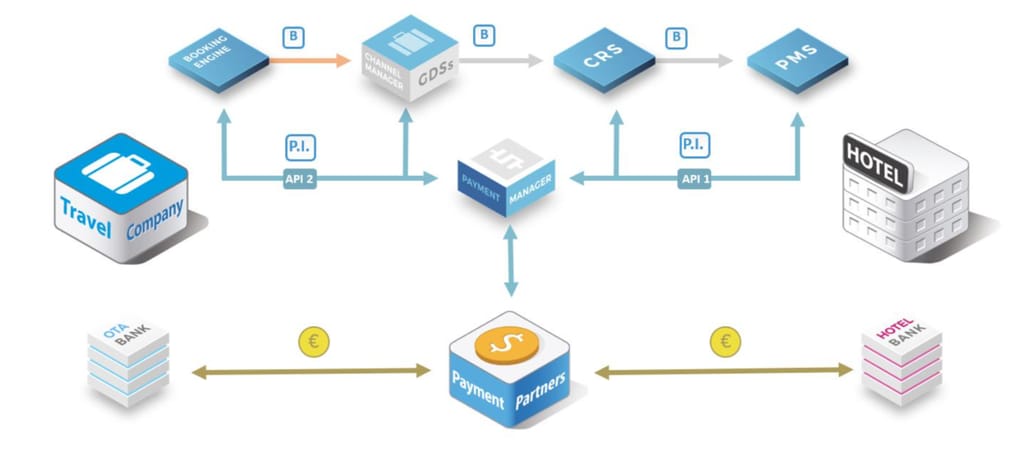
How a Payment Manager is supposed to work Source: HTNG
If you’re familiar with the concept of a Channel Manager, you see where this is going. A Channel Manager is software that allows you to manage your inventory across all distribution channels, having everything in one place and getting updates on prices and occupancy. As seen from the image above, a Payment Manager should do the same thing - automate payment settlements between a hotel and any other party. This would streamline and standardize payment processing, ultimately resulting in operational efficiencies.
The OPA doesn’t define the architecture of a Payment Manager, only software standards, business rules, and best practices. So, when a software vendor decides to create such a solution, they can do that using industry-recognized open standards. And that’s a caveat: Such solutions don’t yet exist, but hopefully, they will be appearing as soon as we see demand from hoteliers.
Personalized distribution and hotel shopping
Another promising solution is Attribute-Based Shopping that should replace the filter-based booking of today. Here’s what it means.
Imagine getting a Happy Meal for your kid when they only want a toy and a soda. You get a bundle because it’s a good value but end up having to eat the cheeseburger you didn’t want just because you already paid for it. This is exactly how hotel rooms are sold today.
Hotels bundle their offers into specific room types, based on their size, view, bed type, design, anything really, and title them Deluxe, Romance, Premier, etc. Of course, these names mean something different in every hotel. Bundles are generated and prepriced by a hotel or distributor. Travelers don’t get to choose a personalized experience: They have to pick a Deluxe room because it has a fridge even if they don’t want to pay for a river view.
Noticed how this is not how flights work? Apart from specific Business or Honeymoon packages, you usually get a base price for a seat and then you manually add your ancillaries: meals, early boarding, choice of a seat, etc. You create that bundle (and experience) yourself. This is called Attribute-Based Booking and it allows tons of low-cost carriers to stay profitable and makes regular airlines extra millions of dollars in revenue.
Filter-based vs Attribute Model Source: HEDNA
To make this work, the industry has to agree on the single source of attributes. OpenTravel is the best candidate because it’s a widely used standard that already has predefined categories: Bed Type (BED), Pets Policy Code (PET), Room View Type (RVT). Hotels already using this schema in their PMS are the first adopters because they won’t have a mapping problem.
The Attribute Model in hotels has been applied individually so far. IHG, Marriott, and Hilton are working with tech providers like Amadeus and IDeaS to adopt the new pricing and booking model into their central reservation systems. Specialists believe this is a natural progression that was bound to happen. Just like NDC, it will help hotels to learn their guests’ preferences and target the people based on that understanding. Besides, standards will bring partnerships closer and allow for shaping the holistic travel experience. For example, travel services like rental cars or museum tickets can be add-ons to the base offering
Hospitality badly needs more standards
Hotels experience something called “blended distribution.” That occurs when lots of intermediaries get to sell hotel rooms, often without any control from the hotel. It helps hotels get more sales, but they often can’t tell how much it cost them to work with a particular channel. For example, multiple bedbanks may purchase rooms from an OTA inventory, and the hotel will receive the same request from different sources. In this situation, it’s also hard to control prices and comply with rate parity. Watch our video where we explain the relationships between hotels and OTAs in detail.
While blended distribution is not a problem by itself, it becomes a problem in a fragmented industry with no singular way of doing business. While OpenTravel and HTNG standards are free and available to anyone to use, there are still legacy hotels and small businesses that need a lot of technical and organizational expertise to implement these minor but so important changes.
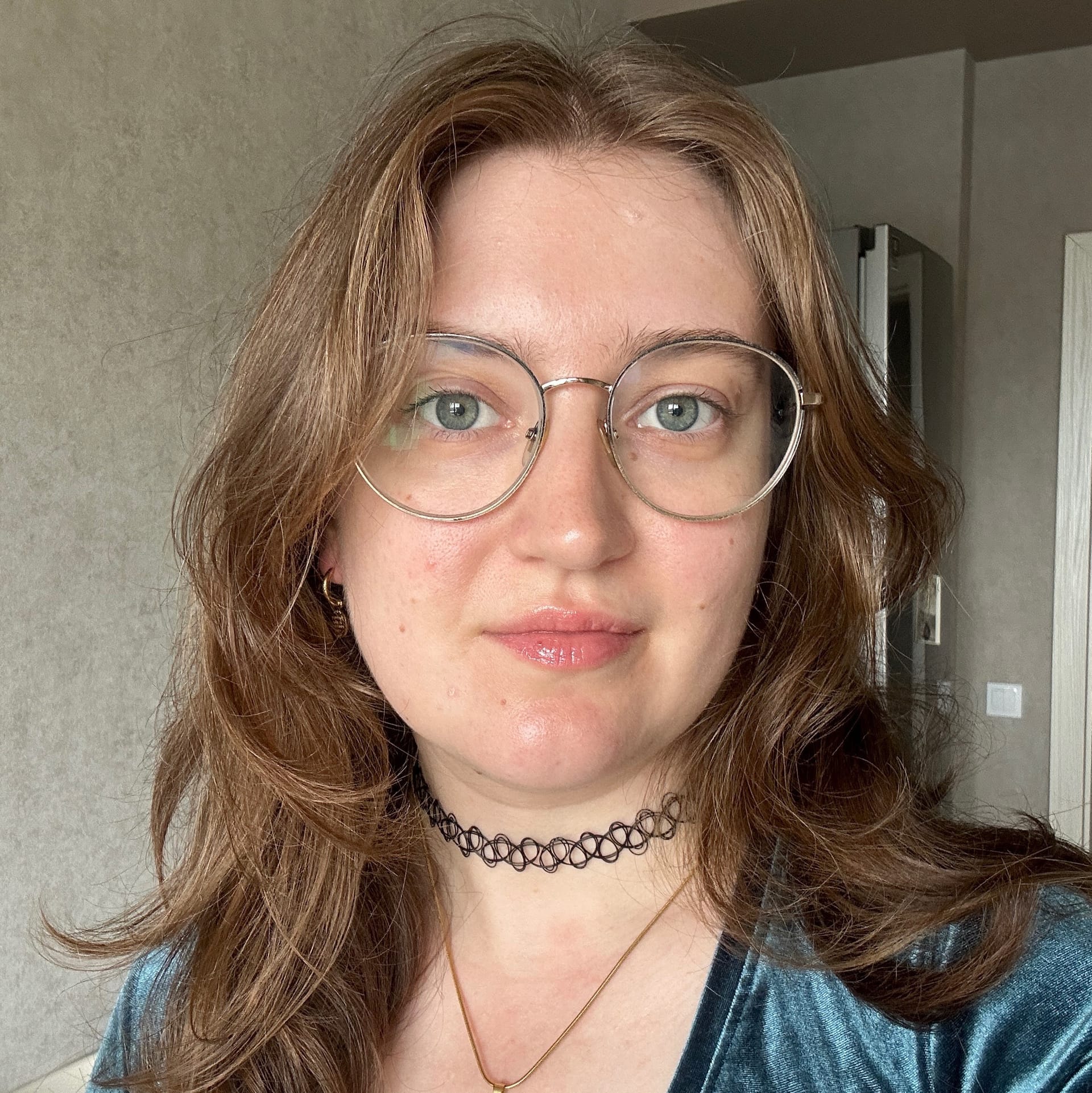
Maryna is a passionate writer with a talent for simplifying complex topics for readers of all backgrounds. With 7 years of experience writing about travel technology, she is well-versed in the field. Outside of her professional writing, she enjoys reading, video games, and fashion.
Want to write an article for our blog? Read our requirements and guidelines to become a contributor.
